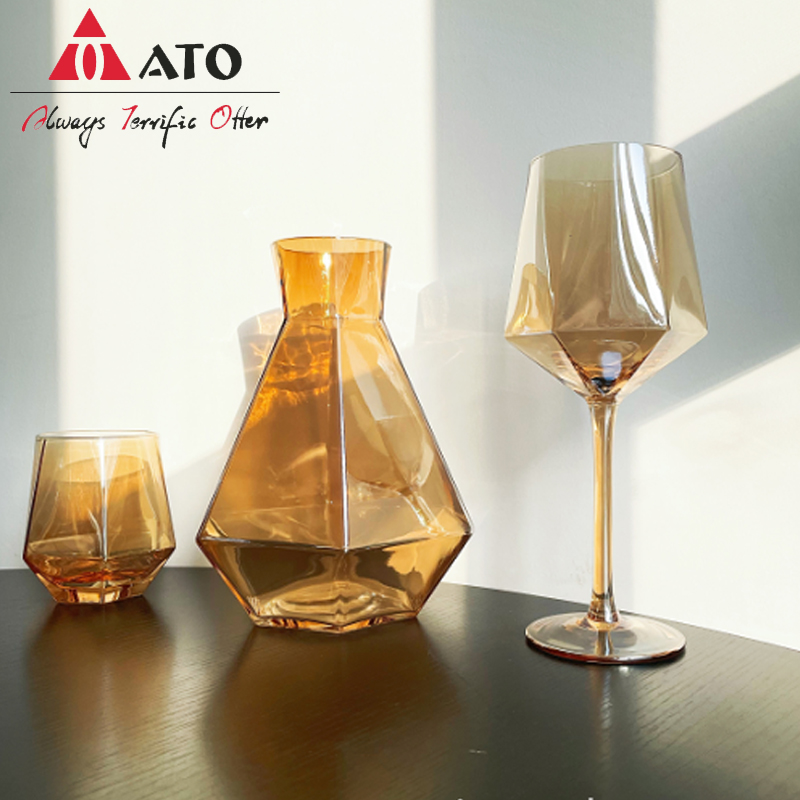In recent years, the large-format digital printing industry has experienced significant growth. As industrial structures have been optimized and major enterprises have merged or reorganized, the sector has undergone a remarkable transformation from a niche market to a mature one within just two decades. While the number of companies in the industry has decreased, new players have emerged, and some firms—like Agfa and Yumu—continue to lead in large-format digital printing, maintaining strong positions in the market.
Meanwhile, traditional screen printing, once the dominant technology in visual communication, has seen its market share shrink. Lacking innovation, it has gradually shifted into a supporting role. However, due to its cost advantages, it still holds a place in certain segments of the market.
A growing challenge comes from electronic displays powered by flexible electronics. These displays have started competing with large-format prints for some time, but their market share hasn't grown significantly yet. In the long run, flexible electronics may better meet customer needs in signage, but ironically, digital printing—after years of refinement—has already replaced traditional methods, only to now face competition from electronic alternatives. The key issue remains cost; for these displays to truly compete, they must become more affordable.
The global economic crisis of 2008 hit the screen printing industry harder than digital printing. Screen printing shipments in Western countries dropped sharply, and many companies abandoned investments in older technologies. However, with the economic recovery in 2010, the overall printing market rebounded, even surpassing pre-crisis levels. Although screen printing’s market share continues to decline, the rate of decline has slowed.
According to Smithsonian Pino International, the shift toward digital technology in the large-format printing market is expected to continue. By 2017, the market share of screen printing had dropped from 30% in 2011 to 22%, while its share of ex-factory prices fell from 36% to 24%. This trend is driven by the clear advantages of digital printing: shorter setup times, lower costs, faster response, consistent quality, and a fully digital workflow. As reliability, productivity, and cost efficiency improve, more customers are trusting digital solutions, which has led to broader applications and a growing market.
Regionally, the shift from screen printing to digital has been more pronounced in Western Europe. There, environmental concerns have encouraged early adoption of UV-curable inkjet and latex resin ink technologies. While other regions are also moving toward digitization, they lag behind Western Europe in implementation. In North America, screen printing was well-established in the 1960s and 1970s, and despite the rise of digital technology, traditional methods remain widely used. High-volume printing and limited demand for personalized products have kept traditional techniques alive. However, as digital technology advances and market demands evolve, Western Europe is becoming a hotbed for the development of next-generation UV and latex ink printers. Screen printing usage is declining there, while digital equipment adoption is on the rise.
Glass jars and containers are used for storing food items, spices, and other household goods. They are often sealed with a lid to keep the contents fresh.

Glass Ashtray,Glass jars and containers
Xi'an ATO International Co., Ltd , https://www.ato2008.com